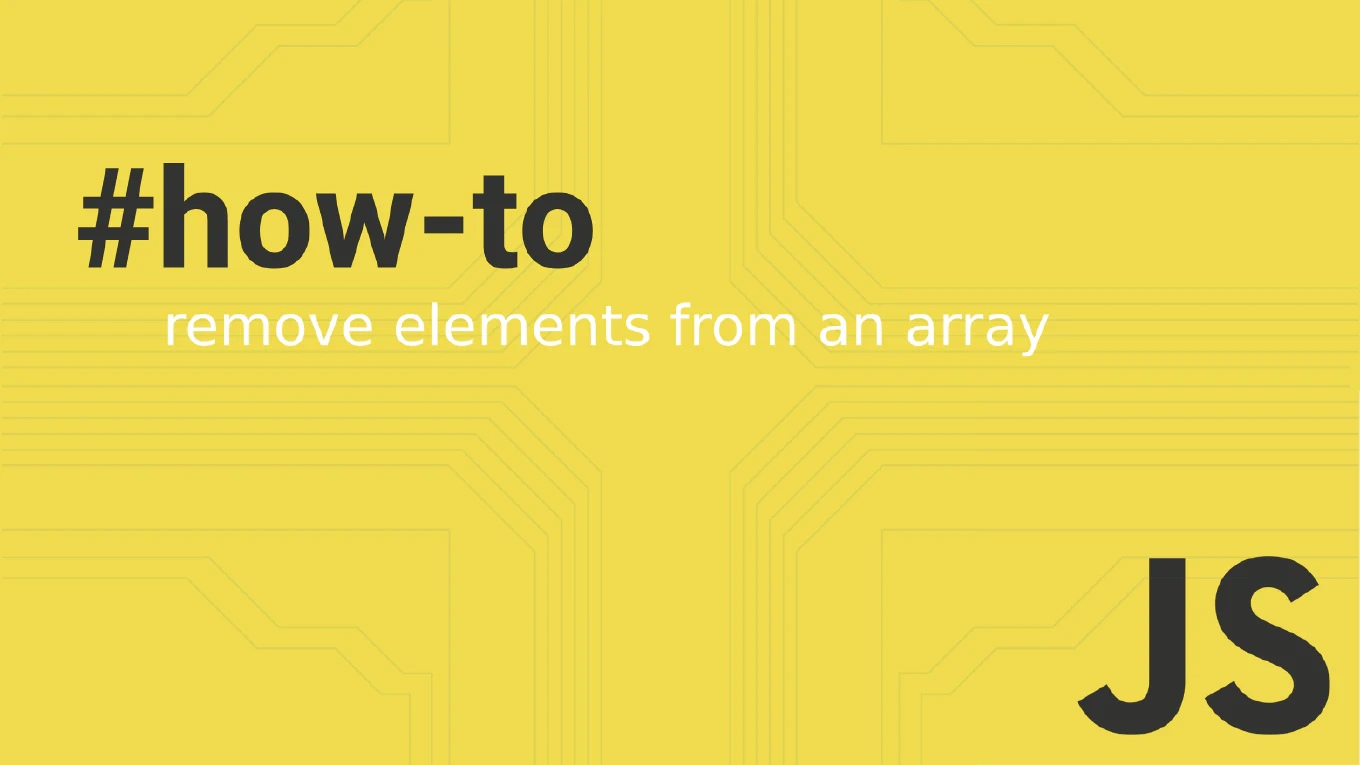How to checkout a file from another branch in Git
Checking out a file from another branch allows you to copy specific changes without merging entire branches or switching contexts.
As the creator of CoreUI with extensive Git experience across numerous projects, I regularly copy files between branches when cherry-picking features or applying hotfixes.
The most straightforward approach uses git checkout with the branch name and file path to copy the file to your current branch.
This method enables selective file copying while maintaining your current working context and branch state.
How to clone an array in JavaScript
Cloning arrays is crucial for maintaining immutability, preventing unintended mutations, and implementing state management patterns in modern JavaScript applications. With over 25 years of experience in software development and as the creator of CoreUI, I’ve implemented array cloning countless times in components like form builders, data grids, and state managers where original arrays must remain unchanged. From my extensive expertise, the most modern and efficient solution is using the ES6 spread operator, which creates a shallow copy of the array. This approach is concise, readable, and preserves the original array’s integrity.



